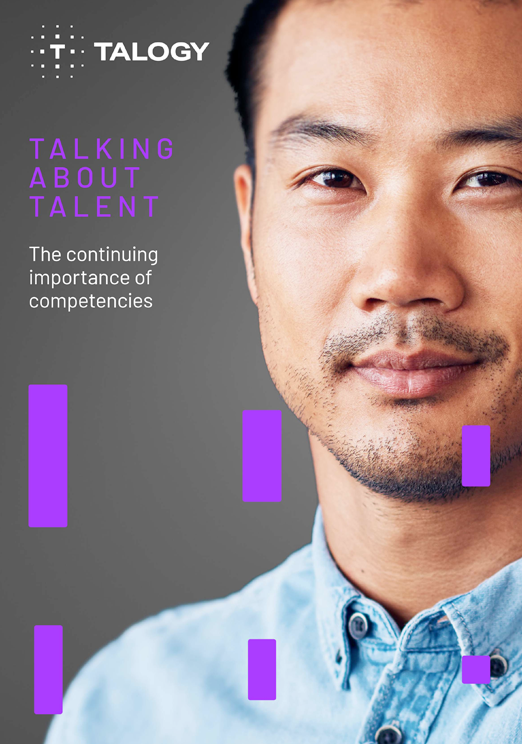Most organizations’ talent-development challenges are complicated. In fact, many organizations don’t even fully understand their talent-development challenges. That’s okay! Sometimes you need an outside perspective.
Every company, nonprofit, and government agency wants to hire good people, see them develop into top performers, and set a path for leadership succession. It sounds simple, but anyone who has been a business leader, hiring manager, or HR professional for even five minutes knows that talent development is a parallel process, not a serial one. Lots of things happen at once, and reality seldom cooperates with the plan that has been mapped out.
You probably know that Caliper’s scientifically validated pre-employment assessments help organizations hire the right people, and you may know that these assessments also support coaching and development. But it’s through building client relationships that we are able to identify unique talent-development challenges and develop customized and scalable solutions.
“The most important component of developing solutions is to have active, ongoing conversations with your business partners,” says Sherry Acque, Caliper’s Sales Vice President, North East Region. “There’s an art and a science to it. You can offer comprehensive responses to talent-development problems, but not without collaboration. You have to ask questions, gather their insights, and identify what’s unique about their needs.”
It is not uncommon for Caliper’s business relationships to begin with clients assessing applicants for leadership and sales positions. Hiring managers, pleased with the results, often start to use Caliper’s services for team building, coaching, and employee development. But not every department has the same requirements, and one part of an organization might face different challenges than another part. As with the human body, interdependent systems need to work effectively for the entire organization to be healthy. And different systems sometimes need different treatments.
In some scenarios, an organization will use employment assessments for hiring, coaching, and development, while other situations might call for a broader approach using predictive analysis. Or both. There’s no one-size-fits-all answer to talent alignment across a company, nonprofit, or agency.
Acque recently worked with one of her clients to develop a customized interview guide that qualifies applicants’ culture fit with the organization, and then she helped them select different assessment tools for each level of their organization.
Says Acque, “The fact that we can offer tiered solutions is a tremendous advantage for us and for our clients. In the talent-development arena, you can’t address the full range of needs with one assessment report or one tool.”
To help make this approach more systematic, Caliper is unveiling a unified suite of reports called Caliper Essentials that offers a top-to-bottom assessment array that supports selection, development, and coaching at any organizational level and size. As always, Caliper’s assessments can serve as a key data source for analytics and, in that way, lend consistency to any large-scale talent initiative that depends on predictive accuracy.
That’s where the science meets the art. The data can help companies see gaps and pinpoint talent-alignment problems that were once evasive or hidden, and Caliper’s experts provide the human touch.
“Discovery happens organically as the partnership progresses,” adds Acque. “Once you earn a client’s trust, you can take them on unexplored roads and show them just what’s possible for their organization.”

